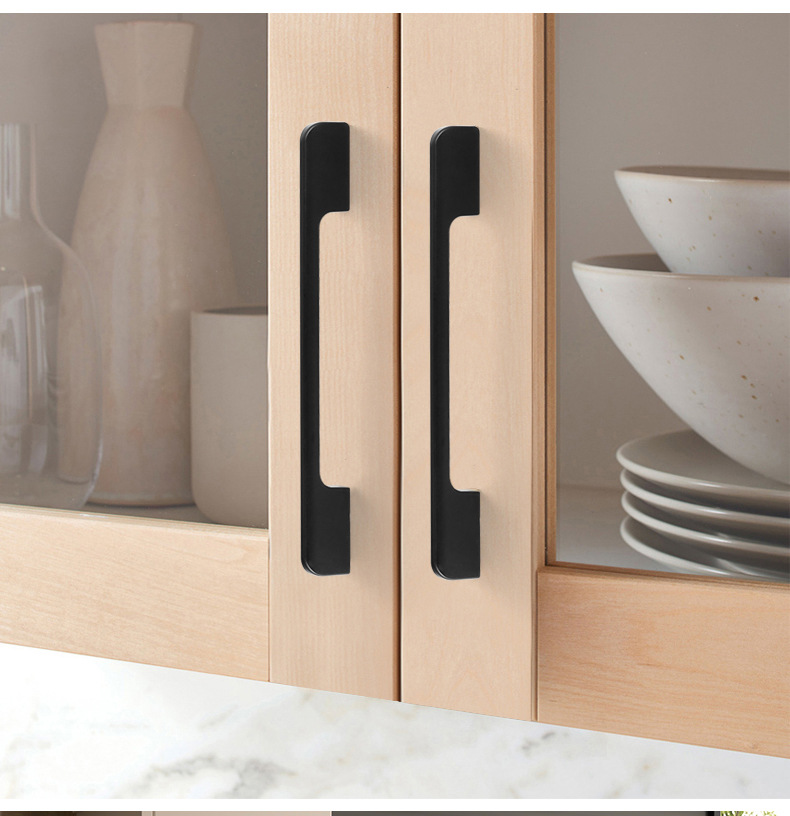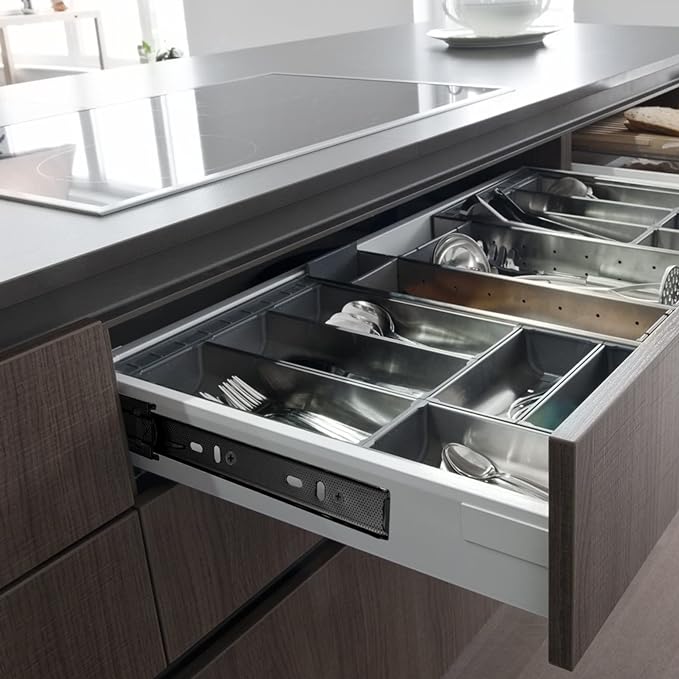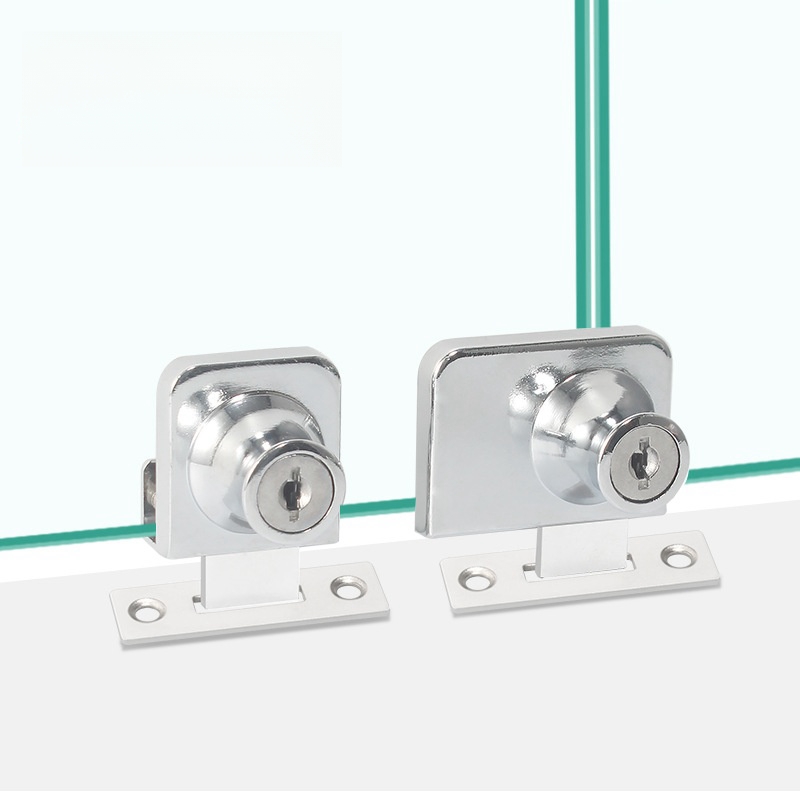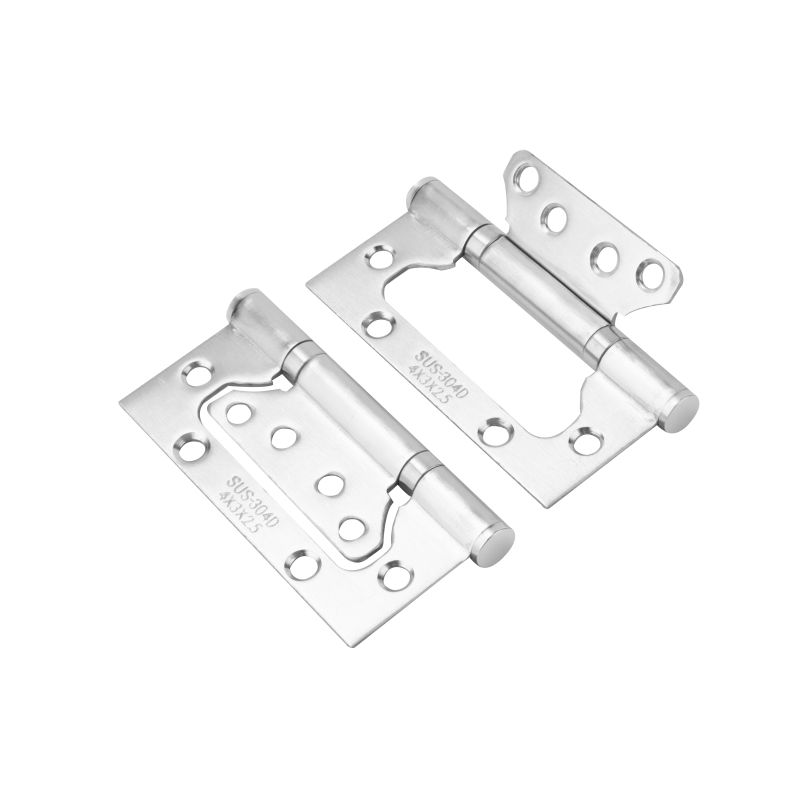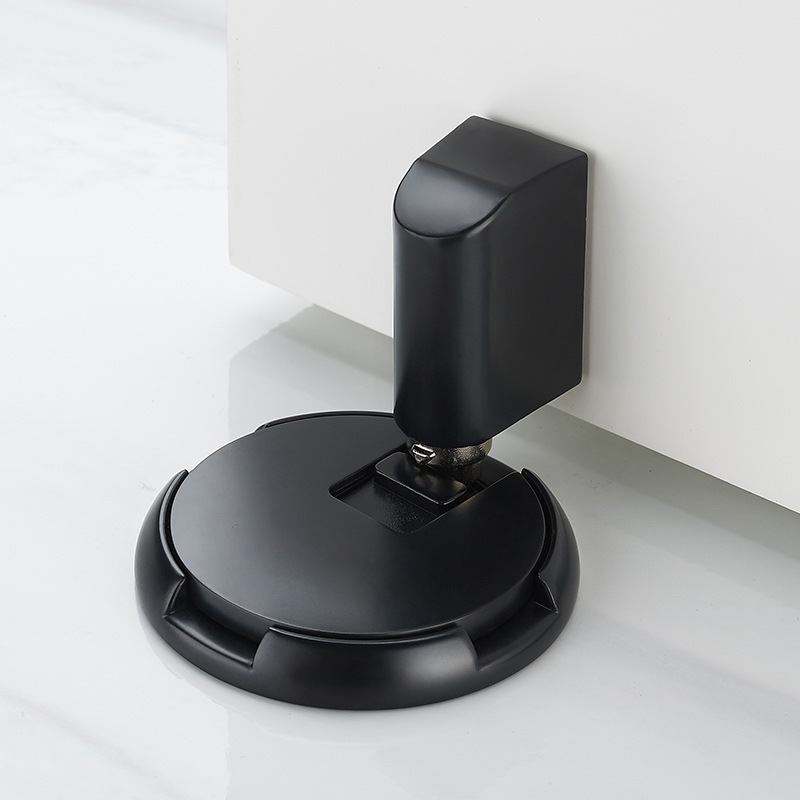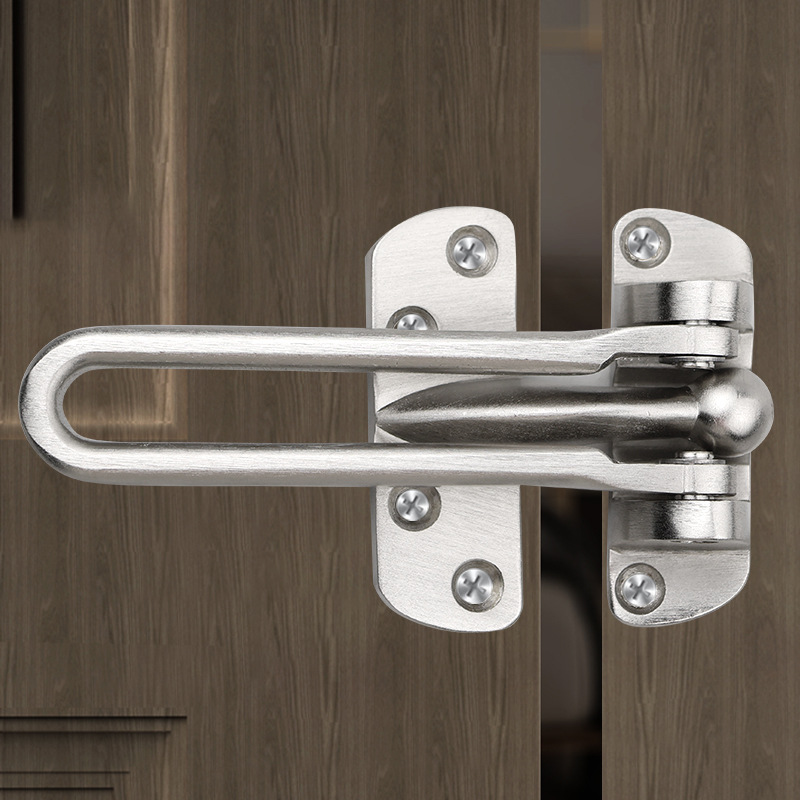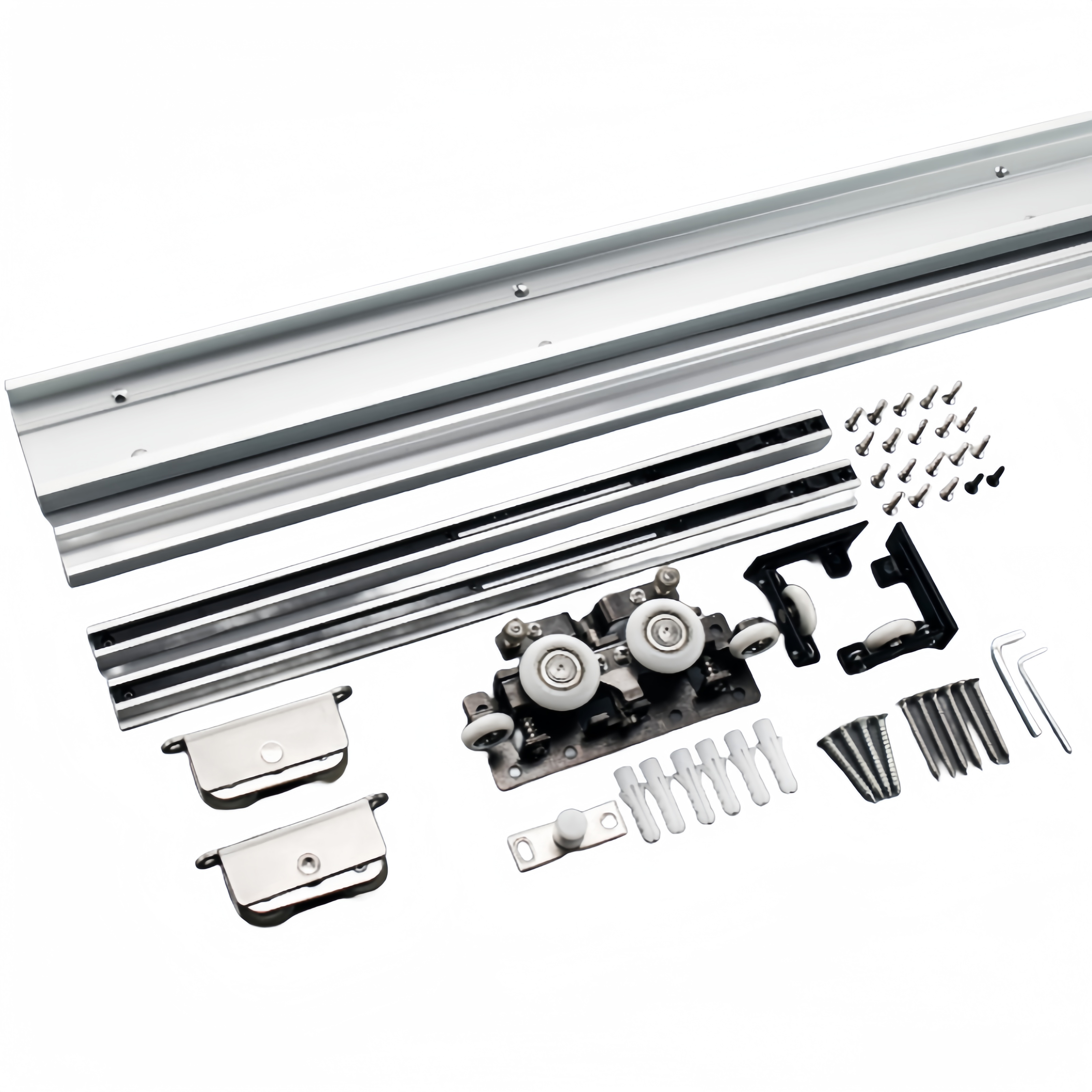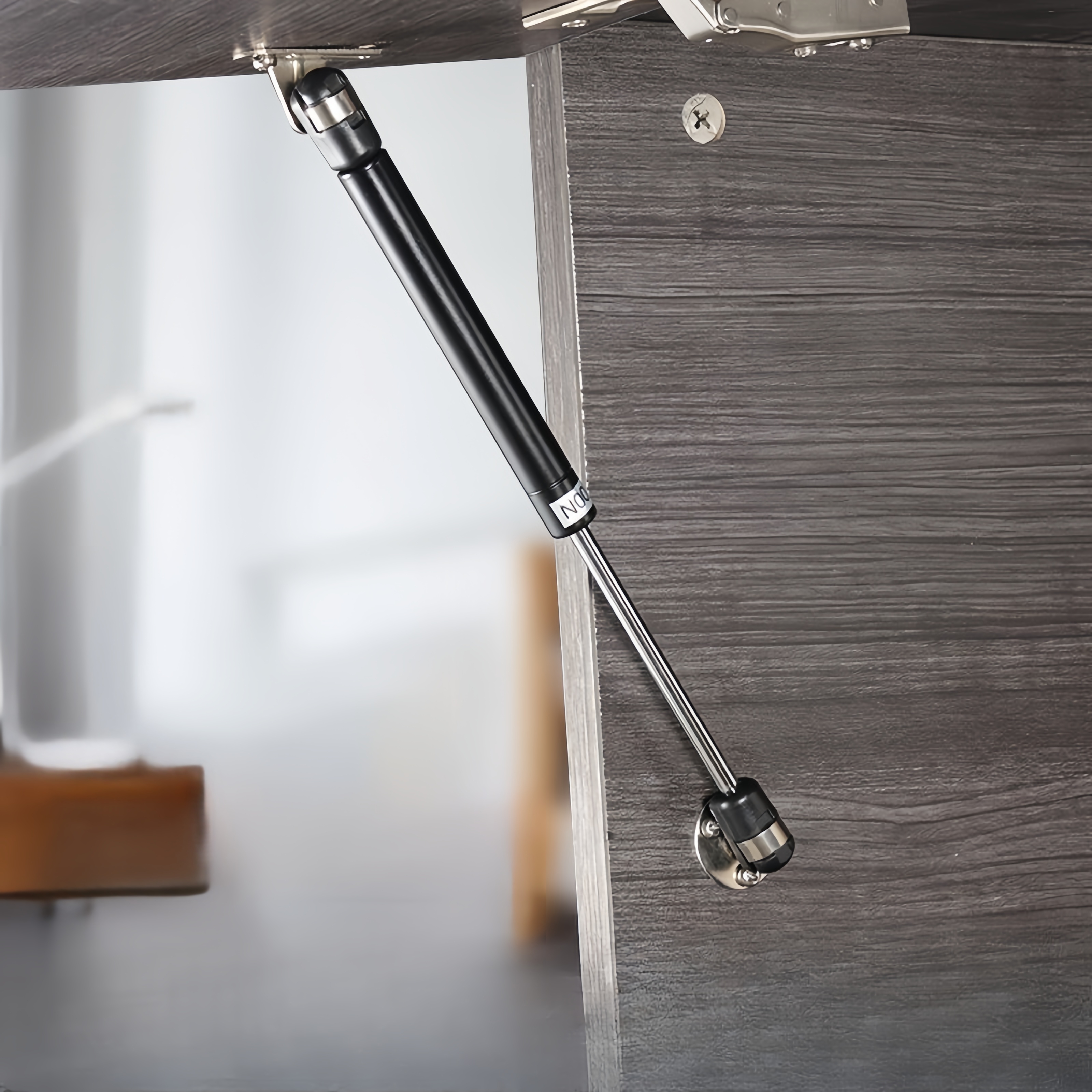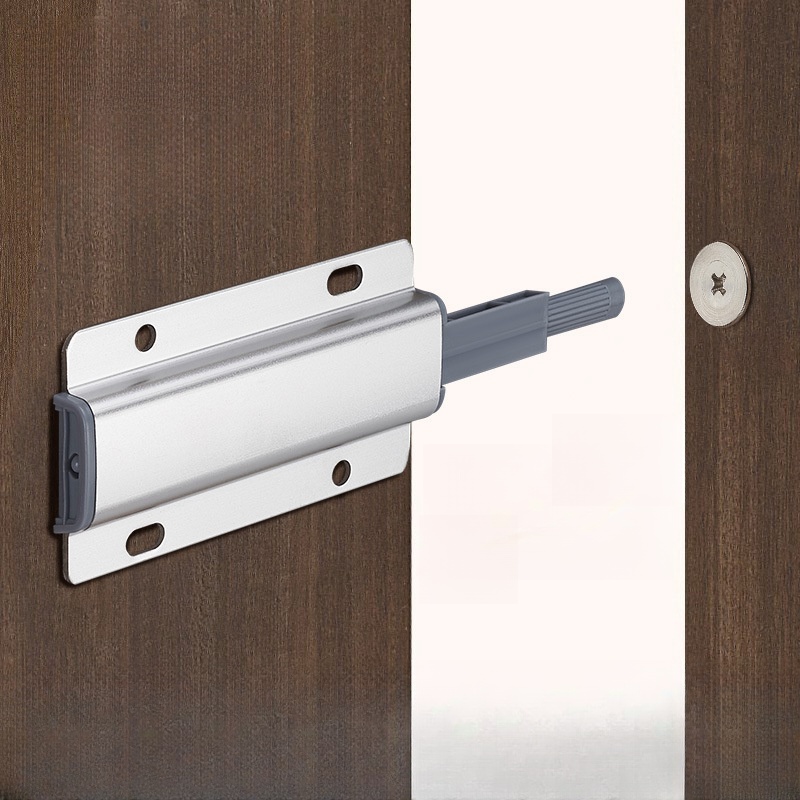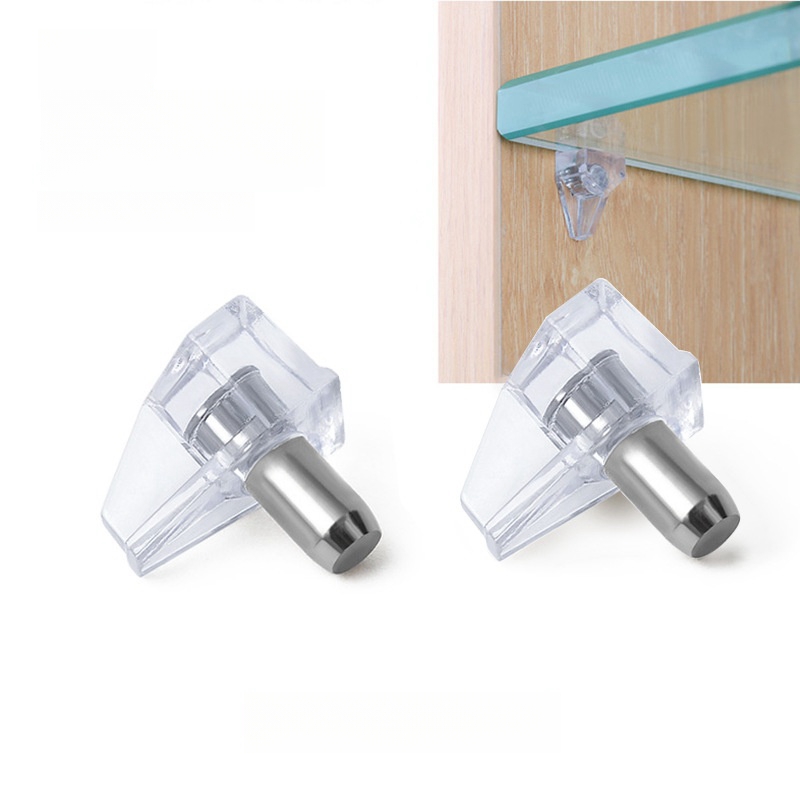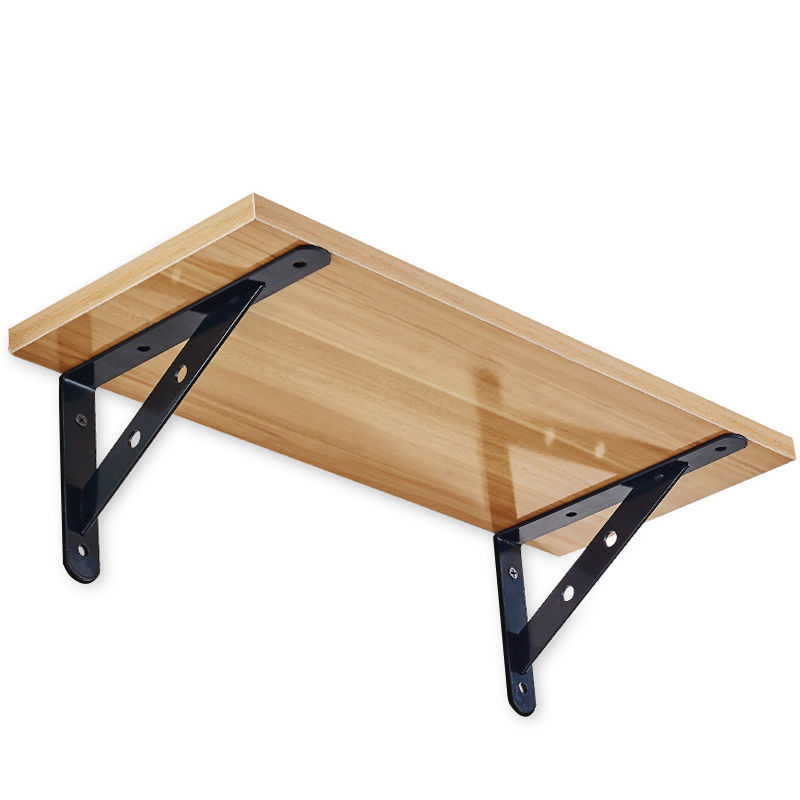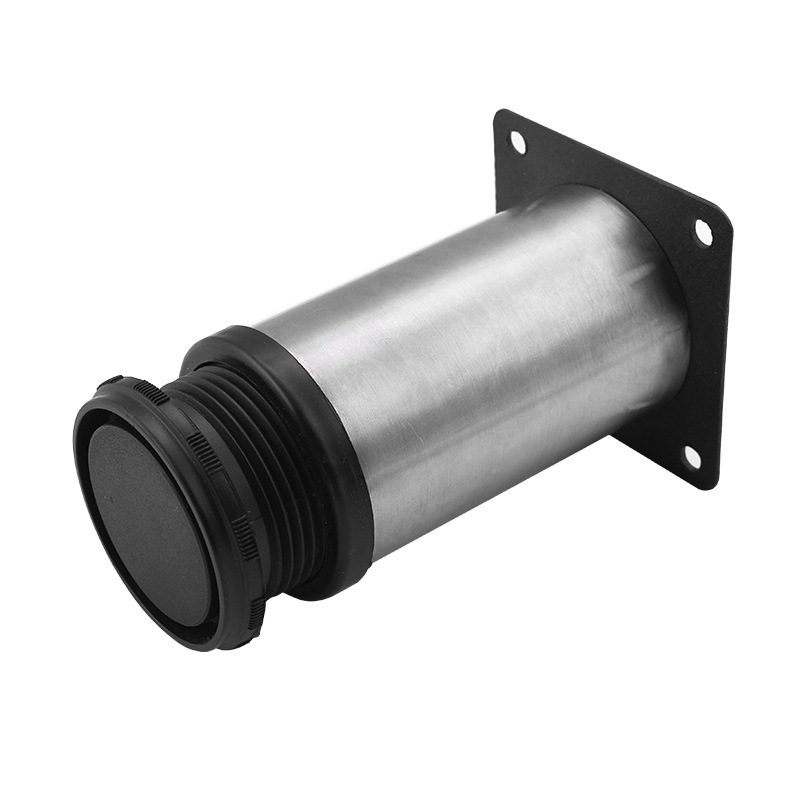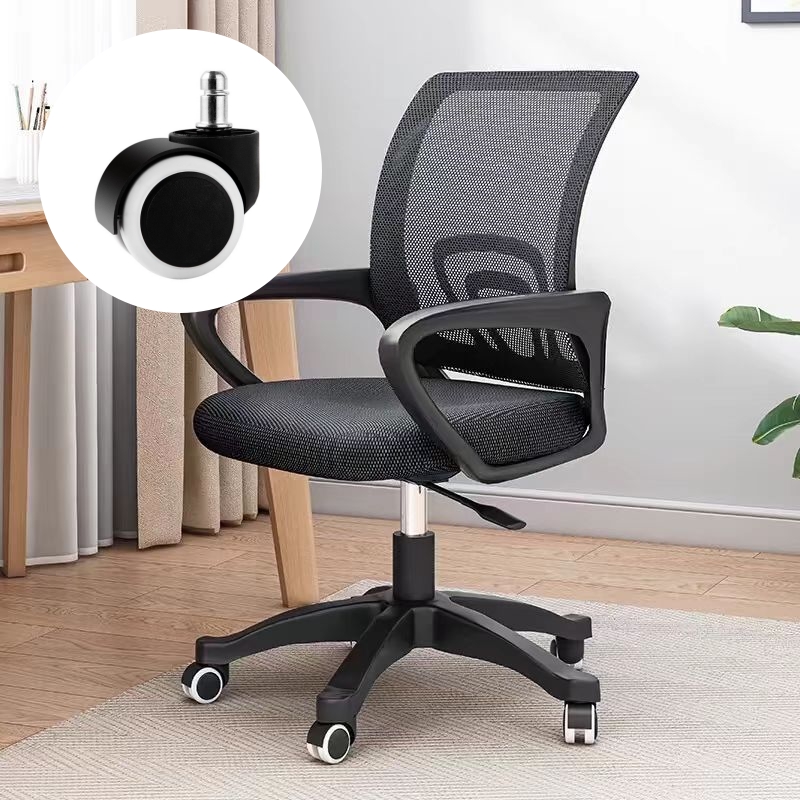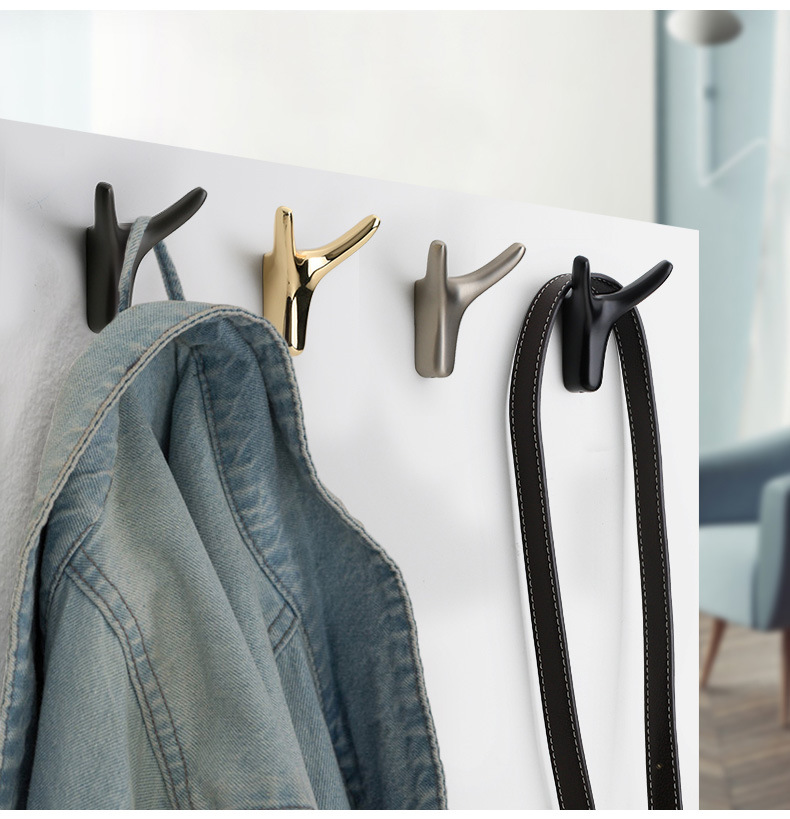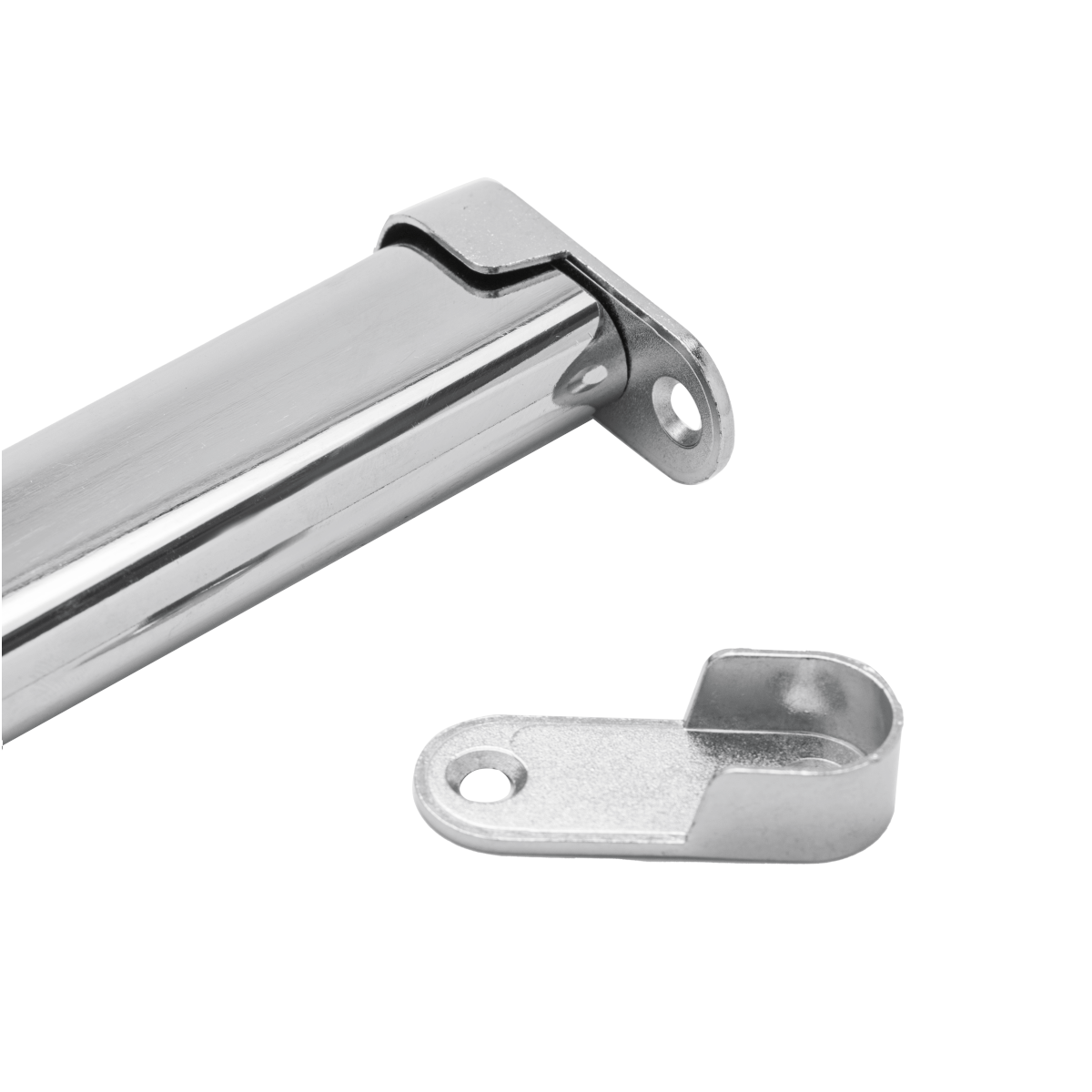
ABOUT
Guangzhou Toplink hardware Co., Ltd specialized in the production and export of furniture hardware fittings, with an experience of more than 14 years.
Our main products are drawer locks, cabinet hinges, sliding rails, cabinet handles, casters, cabinet legs and connecting fittings etc..
With a complete range of products, excellent performance and reasonable prices we have built up business with many customers all over the world.
We are committed to strict quality control and considerate customer service. We sincerely looking forward to becoming your best choice and the most reliable partner!
PRODUCTS
closet hanger bar bracket
Material and Durability
The material of a closet hanger bar bracket significantly impacts its durability and longevity. Common materials include steel, aluminum, and plastic. Steel brackets, particularly those with a powder-coated finish, offer superior strength and resistance to rust and corrosion. This makes them ideal for heavier loads and humid environments. They can withstand the weight of numerous garments, even bulky winter coats, without bending or breaking. The powder coating adds an extra layer of protection, enhancing their lifespan and aesthetic appeal. A well-chosen steel bracket can easily last for decades with proper installation.
Aluminum brackets, while lighter than steel, also offer good strength and are resistant to corrosion. They are often preferred in situations where weight is a concern, such as closets with thinner walls or less robust support structures. Aluminum brackets are typically more expensive than steel alternatives but offer a sleek, modern look. However, aluminum is slightly softer than steel, so it might not be suitable for extremely heavy loads.
Plastic brackets are the most economical option, making them popular for budget-conscious consumers. While they are lightweight and easy to install, they are generally not as strong as steel or aluminum and are more susceptible to damage from heavy loads or impact. Their durability also depends on the type of plastic used; some plastics are more resilient than others. Plastic brackets are best suited for closets with lighter clothing items and are generally not recommended for extensive or prolonged use with heavy garments.
Design and Aesthetics
Beyond functionality, the design of a closet hanger bar bracket significantly influences its aesthetic appeal. Brackets come in a wide range of styles, from simple and understated to ornate and decorative. Simple brackets often feature a streamlined, minimalist design, seamlessly blending into the closet's overall aesthetic. They are typically small and unobtrusive, allowing the clothing to take center stage.
On the other hand, more decorative brackets can add a touch of personality to the closet. Some incorporate intricate detailing, while others feature unique shapes or finishes. These can serve as subtle design accents, adding a touch of elegance or whimsy to the space. The choice of finish also plays a role in aesthetics; options range from classic matte black or brushed nickel to bolder colors like white or bronze. These finishes can complement existing closet hardware or create a striking contrast.
The size and shape of the bracket can also impact its aesthetic integration. Larger brackets might be more visually prominent, while smaller ones blend in more seamlessly. Some brackets are designed to be concealed behind the hanging rod, further minimizing their visual impact. Consider the overall style of your closet and choose brackets that complement the existing decor, ensuring a cohesive and visually pleasing space.
Weight Capacity and Load Bearing
A crucial consideration when choosing a closet hanger bar bracket is its weight capacity. This determines how much weight the bracket can safely support without bending, breaking, or causing damage to the surrounding structure. The weight capacity varies considerably depending on the material, size, and design of the bracket. Steel brackets generally boast the highest weight capacities, making them suitable for closets with numerous heavy items.
Always check the manufacturer's specifications for the weight capacity before purchasing. This information is typically found on the product packaging or the manufacturer's website. Overloading a bracket can lead to its failure, potentially causing damage to the closet structure, the clothing, or even injury. It's crucial to choose a bracket with a weight capacity exceeding the anticipated weight of the clothing and accessories it will support. Consider the types of garments you store and select a bracket with an appropriate safety margin.
Beyond the bracket itself, the supporting structure of the wall or closet is also a critical factor in determining the overall weight capacity. Weak walls or improperly installed brackets can compromise the overall load-bearing capabilities, even with robust brackets. Proper installation is essential to ensure the bracket can adequately support the load and prevent premature failure.
Installation Methods and Considerations
Closet hanger bar brackets are typically installed using screws, though some may utilize other methods like adhesive. Screw-mounted brackets offer the most secure and reliable installation, providing robust support for heavier loads. The specific installation method varies depending on the bracket design and the type of wall material. For drywall, suitable drywall anchors are essential to ensure a secure hold and prevent pull-out failure. Solid wood or masonry walls typically require different fasteners.
Always use the appropriate screws and anchors for your wall type to prevent damage or bracket failure. Improper installation can lead to instability, compromising the safety and longevity of the bracket. Consult the manufacturer's instructions for specific installation guidelines. These instructions often include detailed diagrams and recommendations for appropriate fasteners. Pre-drilling pilot holes can prevent damage to the wall and enhance the stability of the screws.
The spacing of brackets also affects overall stability. For longer rods, installing multiple brackets is essential to distribute the weight evenly and prevent sagging. The recommended spacing typically varies depending on the rod length and the weight capacity of each bracket. Always follow manufacturer guidelines for proper spacing to ensure adequate support and prevent potential problems.
In conclusion, while seemingly insignificant, the closet hanger bar bracket plays a critical role in closet organization and functionality. Understanding the nuances of material, design, weight capacity, and installation methods allows for a well-informed choice, ensuring the longevity and stability of your closet system. Choosing the right bracket isn't just about practicality; it's about ensuring a well-organized and aesthetically pleasing space that serves your needs for years to come.SUBSCRIBE
INQUIRY
